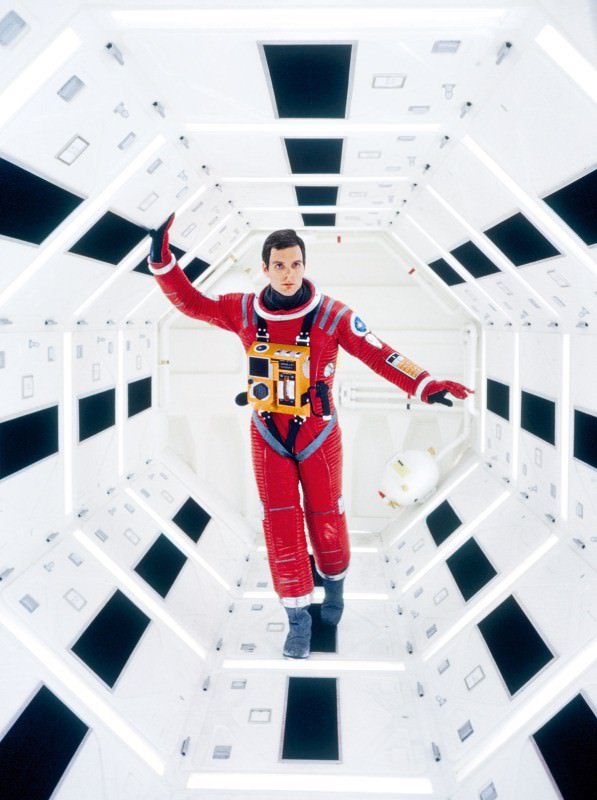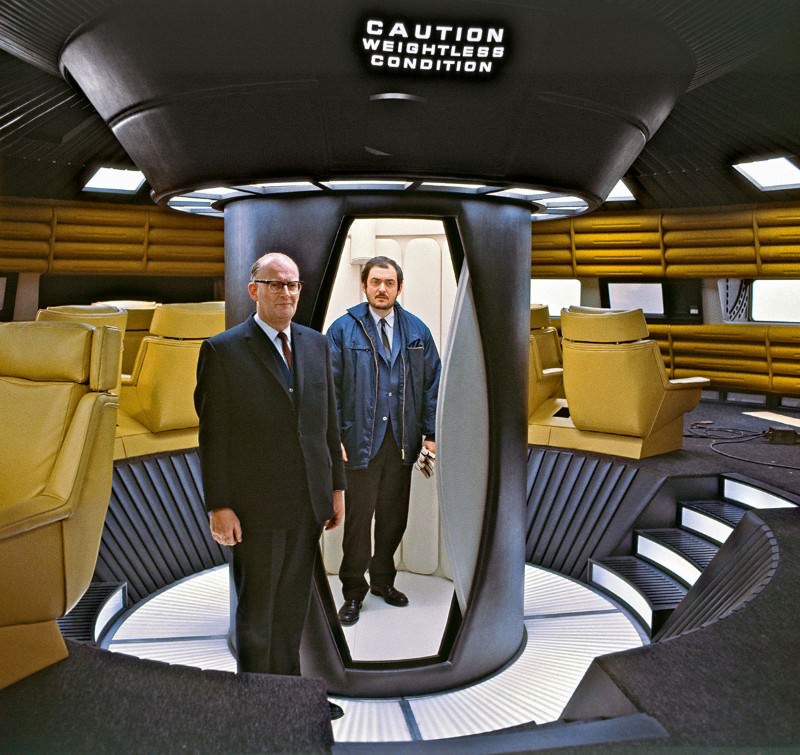26 August 2015
The Making of 2001: How Kubrick and Clarke designed the future
The film acquired several nicknames (“How the Solar System was Won” was a favourite), before its release in 1968 as 2001: A Space Odyssey. As a vision of the future it stands the test of time: a tribute to a writer who dreamed up communications satellites long before a satellite was launched, and a director who, even as Sputnik circled the Earth, was working through reels of Japanese sci-fi to find the effects he would need to imagine his way into space.

Above: the faux-luxurious bedroom in which the final scenes were shot. This comfortable “cage” constructed by aliens got uncomfortably hot, thanks to the underfloor lighting.

Above: a painting by Oliver Rennert shows how the various interiors would fit into the habitation sphere of the Jupiter-bound Discovery.

Above: data and communications technologies were the most difficult to cast into the future. But this briefcase, designed by the Honeywell company, is essentially a modern laptop, complete with camera, stylus and modem.

Above: Kubrick’s special effects are legendary but would have fallen short had it not been for some subtle yet very physical performances, including that of Kier Dullea, here miming weightlessness.

Above: a typically scruffy Kubrick (right) and dapper Clarke pose for publicity photographs on the passenger deck of the Aries lunar ferry.
These and other images are collected in The Making of Stanley Kubrick’s 2001: A Space Odyssey. All together now: “I’m sorry Dave, I’m afraid I can’t do that.”
This article appeared in print under the headline “How the future was won”
No comments:
Post a Comment